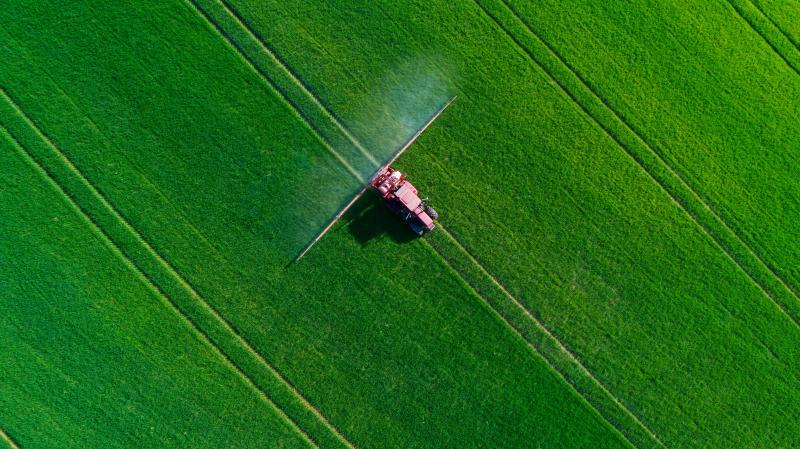Agriculture is essential for Australia's food security and a vital pillar in our economy.
In raw numbers, agriculture contributed 11.6% of exports in 2021-22, formed 2.4% of GDP, and employed 2.5% of the nation. Beyond mercurial considerations, farmers are also custodians over vast tracts of land.
Farmers do more than their share to support Australia, and now it is time to support farmers to manage the impacts of climate change.
Supporting farmers to manage the potential impacts of climate change is not just vital for grocery store shelves and employment, but also represents one of the most significant opportunities to minimise and adapt to climate change in Australia.
There is no doubt that our farming community is resilient and capable. Australian farmers have always faced droughts, floods, and environmental challenges. But these challenges are evolving, growing more complex as the climate changes.
Climate models have predicted this change, however mounting evidence suggests that these changes are occurring faster than expected1 , forcing us to speed up our response. The very nature of our changing climate also results in some regions being more impacted than others. In Australia, these impacts are focused on the southern third of the country - where most of our population and agricultural land lies. 
The last few years have given us a small insight into what is to come; unprecedented floods, fires, and heat waves impacting people, property and primary industries. Adapting won’t be easy, and unfortunately there is no one size fits all approach.
Climate adaptation – what does it mean anyway?
Climate adaptation is nothing new. The term simply means updating farming practices, technologies, and expectations to ensure primary producers can continue to produce viable yields. In a sense, farmers have been adapting to changing conditions forever.
For farmers wishing to build resilience into their future farming approach, it’s important to understand the expected environmental changes and how they might affect yields of different commodities.
Unfortunately, this means that developing a climate adaptation plan presents additional challenges for farmers. Farmers face nearly every environmental issue simultaneously, a challenge not comparable to a city-based company's considerations.
Adaptation plans become as unique as the farms they are tailored for, ranging from straightforward adjustments like shifting to more suitable crop varieties, to implementing complex technological solutions. My Climate View provides an excellent starting point for farmers to understand their climate risks, based on their location and commodity.
An ideal adaptation plan would do more than support farmers to offset the negative impacts of climate change. It would also take advantage of emerging economic and production opportunities.
For example, some adaptations can produce yield increases. Research by CSIRO suggests that under projected climate changes, adaptations in cropping systems could raise yields by 15% compared to the expected baseline.
From an economic perspective, there are opportunities for farmers in carbon sequestration, mixed farmland uses with renewable power, and even regeneration activities that create biodiversity and carbon credits. These can create new income streams that support business diversification and can even contribute themselves to improved crop yields.
One thing is clear: if we wish to maintain our food security and economic prosperity, Australia must adapt our national agriculture.
FOR MORE INFORMATION
To find out more, get in touch with your local RSM office today.
1Agriculture and mining, CSIRO (2023)





